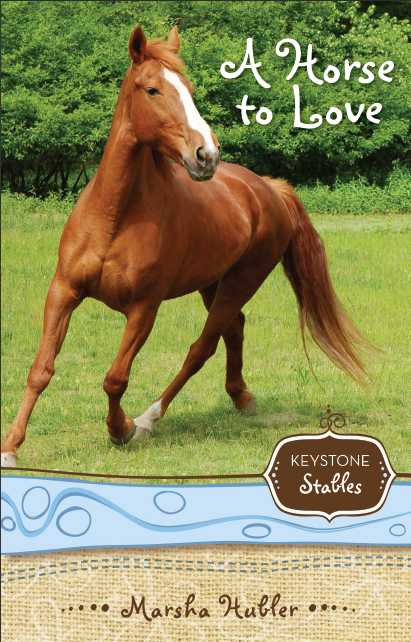Fiction That Wows!
Tags and Beats
Last time we addressed the huge problem that all writers face, even experienced authors: The Leave it to Beaver Syndrome. Putting it simply, it’s what to do with all those “Mary said,” “John replied,” “Susie screamed,” tags or the author’s identification of who said what.
When only two characters, sometimes three, are in a scene, it’s relatively easy to delete almost all of the “who said it?” tags. Having a page of dialogue without tags helps your manuscript flow smoothly and helps the reader to really get into the story.
But when it’s necessary to identify the speaker, what can you add that will make the story much more interesting and add useful information that is interwoven right with the dialogue? You can add “beats.”
Beats are phrases that do not use the speech acknowledged favorites such as “said,” “asked,” “replied,” etc. Beats add action and description to your discourse without your having to write a lengthy narration “telling” details. Beats allow you to “show” the action.
Let’s look at some examples of how you can change boring lines of dialogue with tags into lines with beats that add some pizzazz to your script. First I’ll have a dialogue example with tag; then I’ll have it rewritten with a beat. You decide which is more exciting for the reader:
******************************************
Example One:
TAGS:
“When did Josh get married?” Heather asked.
“Last Saturday,” Bruce said.
BEATS:
“When did Josh get married?” Heather’s eyes flooded with tears and she grabbed a tissue.
Bruce’s face also melded into a mask of dismay. “Last Saturday.”
*******************************************************
Example Two:
TAGS:
Jordan asked her father, “Could I please go with Barry to the hockey game?”
Her father answered, “Are you kidding?”
BEATS:
Jordan’s father’s attitude made her face flush red hot. “Could I please go with Barry to the hockey game?”
From what he had heard, Father had no intention of allowing his daughter to go anywhere with that guy. “Are you kidding?”
******************************************************
So, there you have two simple examples of how you can put some spark into flat writing. In the tag examples, all your reader knows is that two characters are discussing something. You have no idea how the characters are feeling about their situation. In the beat examples, we’ve brought the characters alive with emotion and action. The reader can actually get a sense of how the characters feel without the author saying, “Heather was heartbroken” or “Jordan’s father never liked Barry.”
So there you have today’s writer’s tip. Work on your manuscript’s dialogue. Throw out the tags when they’re not needed and write interesting and informative beats that will help you write fiction that wows!
Next time, we’ll discuss how to write beginning paragraphs that “hook” your reader.

